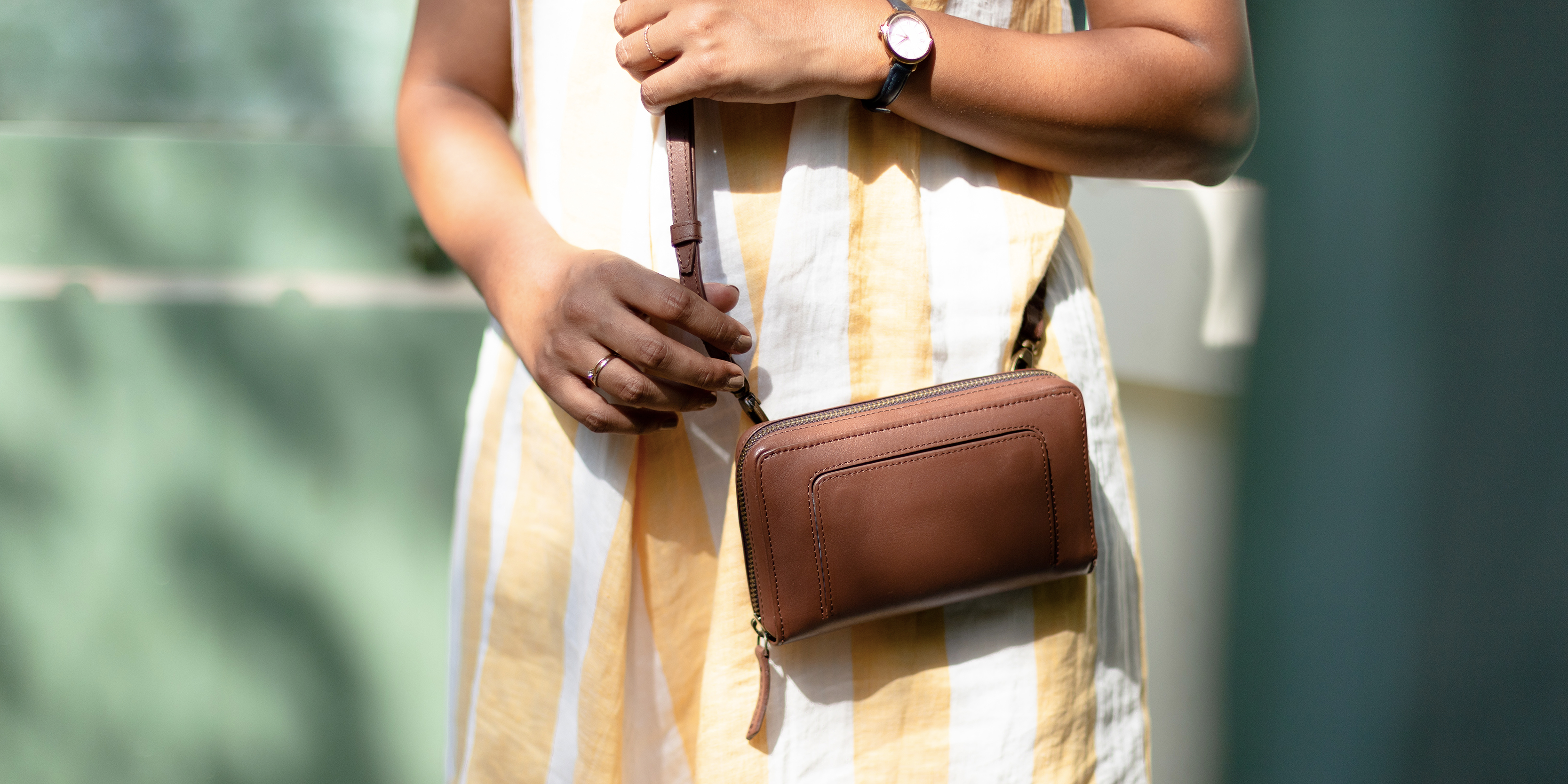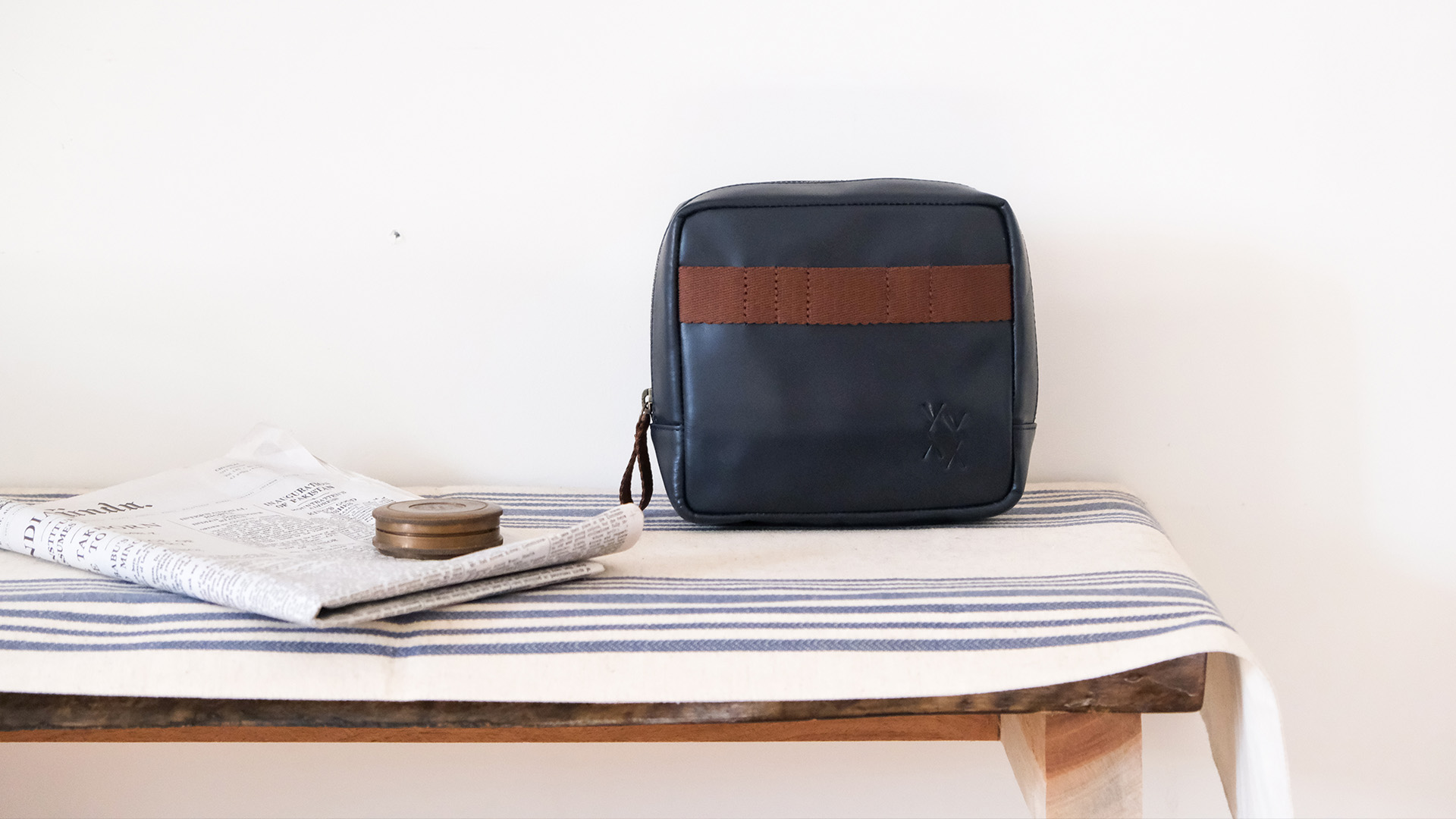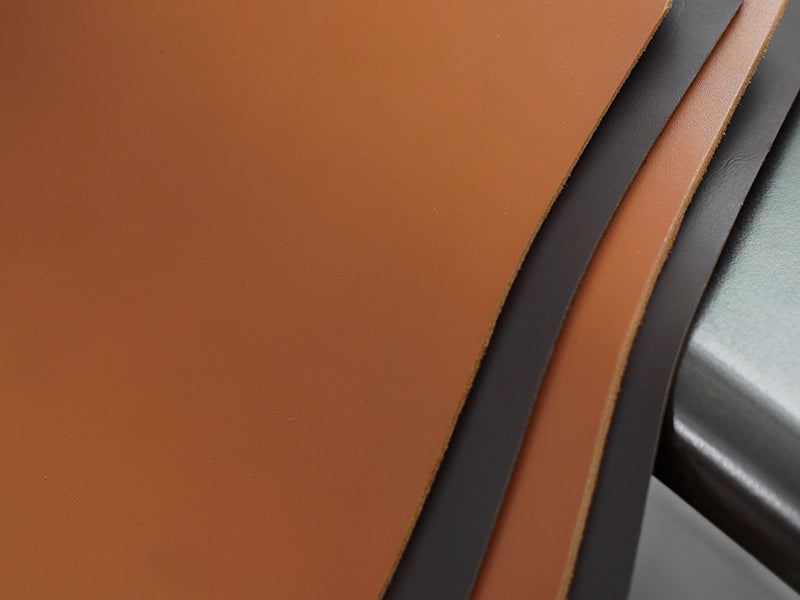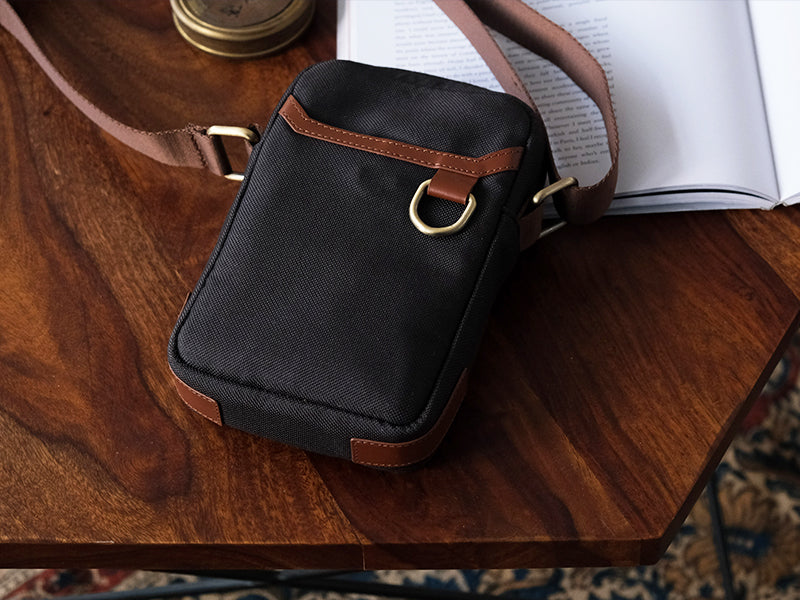In conversation with Nool by hand
In conversation with Nool by hand. from the postbox.in on Vimeo.
In Chennamalai, a decade ago, there were over 100000 handloom weavers. Today, the last few families remain due to the urbanisation of the landscape; making the craft almost extinct. The importance to see value in reviving handcrafting techniques with the right infrastructure is imperative in today's fast fashion world and that is where Five P ventures and Nool by Hand play a significant role.
In conversation of Bharathi Devarajan, chief architect of the Nool by Hand story. Read about what she thinks of Indian Handicrafts aspiring to be on the world stage, how Nool by Hand plans to grow and most importantly, the importance of taking care of their artisans.
Coming from a family which doesn't really have a background in fashion, how did Nool by Hand as an idea come in to being?
Five P ventures, a handloom fabric manufacturing company is the parent company of Nool By hand and my father’s brainchild. We always took interest in social initiatives and this was initiated to preserve the art of hand-weaving which was once the main livelihood of this community. Two and a half years ago I came up with the idea of Nool by hand which is the in-house brand for Five P ventures. The core idea is to make use of the handloom fabrics we make at Five P. Nool by hand as a brand caters to an audience who aspire to convert their wardrobe to an Indo-western sustainable clothing style. Although I don’t have a design background, I felt like I could initiate something like this as I have a sense of what will work because of my exposure to brands through travel experiences. We team up with designers and conceptualize the collections together.

Looking at the brand 10 years down the line, what would you want it to be known for?
We want Nool by Hand to have an identity that is relatable and to be known for the finer details and the passion that the artisans put into our creations.
One part is to help sustain the craft, another is sustain the business, how do you when to strike a fine balance between the two?
Now the average age of the artisans working here is 50-55. We have a responsibility of ensuring that this form of art continues in the region here. We felt the need to break the stigma that this job is not meant for the younger generation and that it is not aspirational. We developed a culture which is more suitable to this generation that would provide them the dignity and comfort in their workplace. We call this unit a weaver’s studio. Apart from that, we designed this space in such a way that the atmosphere cools the indoors of the building so they are comfortable while working.

With Indian handicrafts being appreciated globally for their intricate work, do you believe sustainable Indian clothing brands like yours need to reach out further to a wider audience beyond India for validation as well as talking about the 'Indian story' and how it continues to evolve?
Yes absolutely! We are planning our roadmap to be an internationally known brand in the next few years. We want to go global because we really aim to improve the standard of living for artisans. Regions here like Erode are known only for hand – weaving and I feel we should live up to our name by catering to a bigger audience. Only then it would give value for what the artisans are doing here.

Any anecdotes on experiences that you’ve had with artisans here that made you proud of this initiating this movement?
I’m really glad that there have been many such moments in these couple of years. But one of them was when the artisans wove their first saree when they were still under training. Usually we convert all the fabrics into an outfit at a different unit but a saree is fully woven here at the studio. And it is something that every Indian can easily relate to. And it made me proud to see them enjoy the process.


As more people move from the rural landscape to an urban settlement, are there initiatives are you taking for the community to sustain this form of art? Is the community being educated and encouraged to revive hand weaving?
Because our studio is in a small village, we are able to revive this community only through word of mouth. But our goal is to be able to support atleast 500 artisans in the near future.


Has there been an experience where a feedback gave you a different perspective on things especially when Nool By Hand has been showcased in different countries around the world?
I can think of the response we got for a particular collection that we had launched. We worked on a denim collection for which we received a very good feedback from our customers because hand-woven denim was something that we had not done before. As a brand it made us reflect on the possibilities of adopting different trends and stepping out of our comfort zone.
 Photographs & Text - Chaithraa Jagadeesha
Photographs & Text - Chaithraa Jagadeesha








